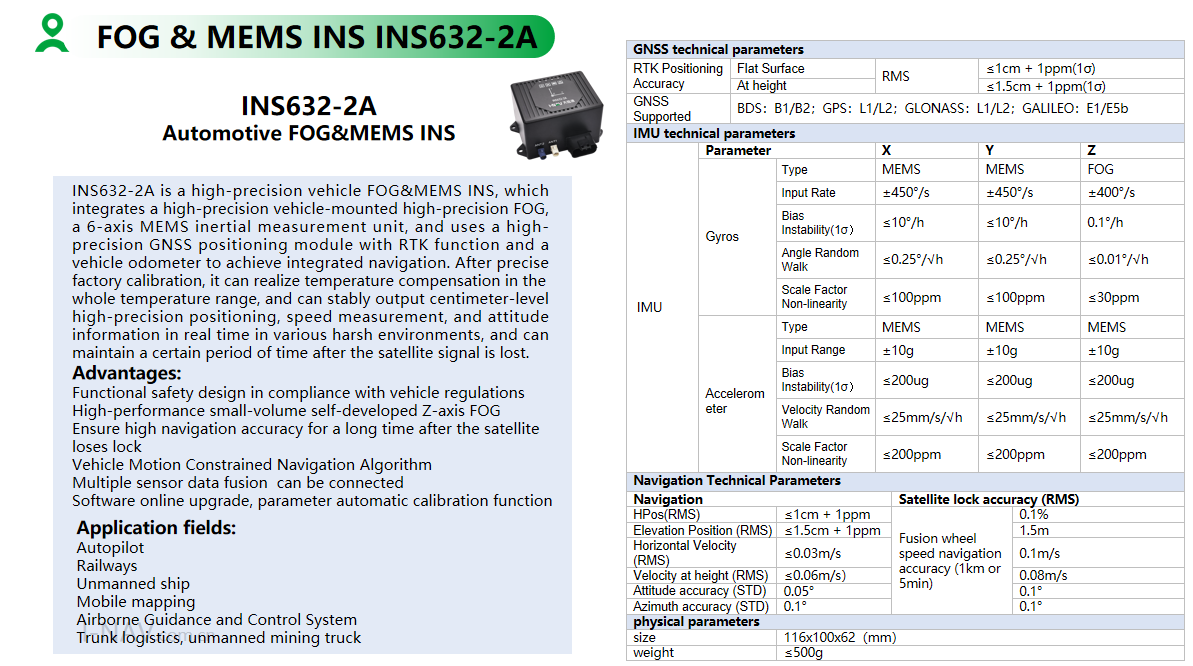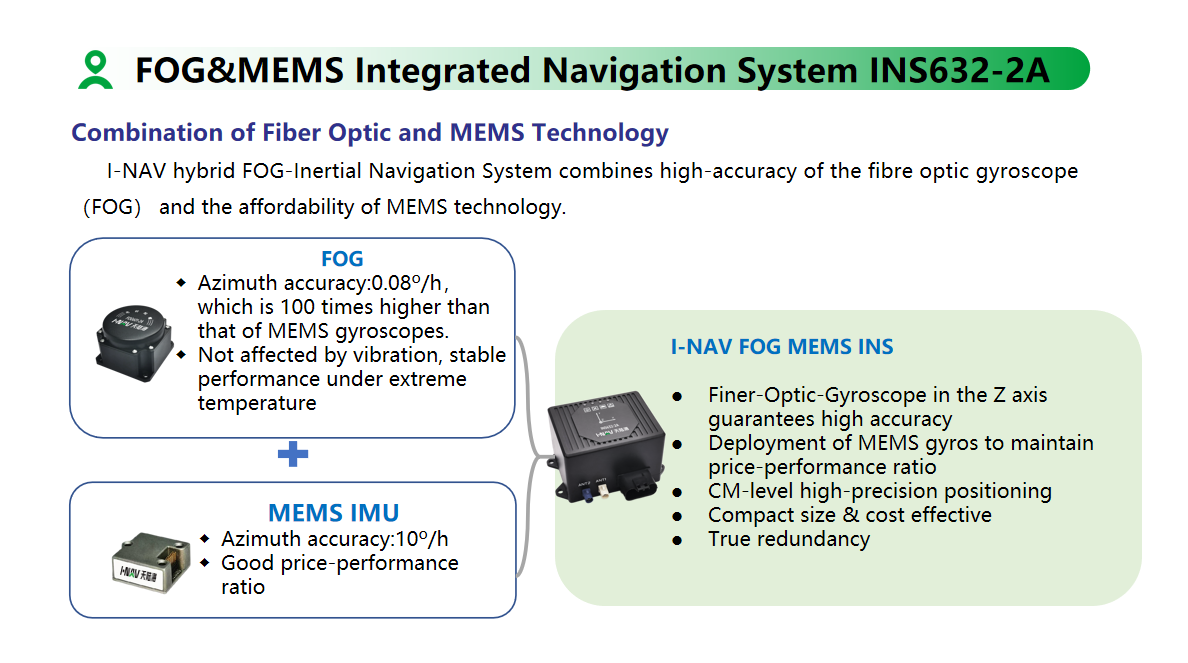


1. Railway Inertial Navigation Applications
Inertial Navigation Systems (INS) are often used in railway applications to provide high-precision measurements of the train's motion and orientation. INS typically consists of an Inertial Measurement Unit (IMU) and a navigation algorithm that uses the IMU data to estimate the train's position, velocity, and orientation. This information can be used to improve the accuracy and reliability of navigation, control, and safety systems in railway applications.
Some specific applications of INS in railway navigation include:
1. Train control: INS can be used to provide high-precision measurements of a train's motion and orientation, which can be used to improve the accuracy and reliability of train control systems, such as speed control and braking systems. INS can also be used to detect and correct for track irregularities or other disturbances that can affect train control.
2. Train location: INS can be used to provide precise location information for trains, which can be used for train tracking, scheduling, and dispatching. INS can also be used to detect and correct for track geometry variations or other errors in the train location information provided by other systems, such as GPS.
3. Train safety: INS can be used to improve the safety of railway operations by providing precise information about a train's motion and orientation. This information can be used to detect and alert for unsafe conditions, such as excessive speed, track geometry irregularities, or potential collisions.
4. Track maintenance: INS can be used to provide precise information about track geometry, such as rail inclination and curvature, which can be used to identify areas of the track that require maintenance or repair. This can help to reduce maintenance costs and improve the safety and reliability of railway operations.
Overall, the use of INS in railway applications can improve the accuracy, efficiency, and safety of train control, location, safety, and maintenance systems. By providing high-precision measurements of train motion and orientation, INS can enable more precise and reliable railway operations in challenging environments.
2. Product Introduction

